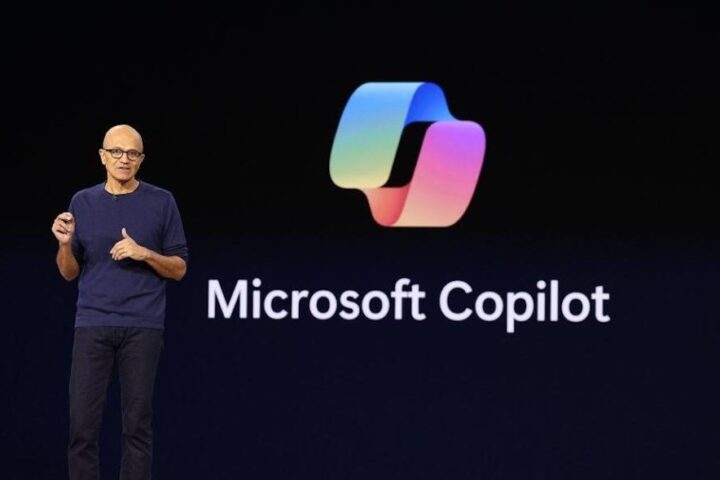 NASA is rethinking its approach to landing the VIPER rover on the lunar south pole by scrapping earlier plans for a cost‐free landing. This change of direction means the rover, designed to hunt for ice and other resources in harsh environments, may soon be getting a new life in future missions.
NASA is rethinking its approach to landing the VIPER rover on the lunar south pole by scrapping earlier plans for a cost‐free landing. This change of direction means the rover, designed to hunt for ice and other resources in harsh environments, may soon be getting a new life in future missions.
Earlier this year, the agency ended its partnership with Lockheed Martin and General Motors, as rising expenses and delays pushed back the original late‑2023 launch. Instead of proceeding as planned, NASA has decided to dismantle VIPER’s components and explore different ways to put the rover to work.
In one recent move, officials invited American companies to propose new mission ideas using VIPER by issuing a Request for Information, with responses due by March 5. However, these plans were suspended on Wednesday. As Nicky Fox, associate administrator for the Science Mission Directorate at NASA headquarters, noted, “We appreciate the efforts of those who proposed to the Lunar Volatiles Science Partnership Announcement for Partnership Proposals call. We look forward to accomplishing future volatiles science with VIPER as we continue NASA’s Moon to Mars exploration efforts.”
VIPER is fitted with three instruments and a 3.28‑foot drill, aimed at exploring lunar soil in areas like permanently shadowed craters – some of the coldest spots in the solar system, hitting minus 334°F. This work is key to developing resource maps that will support NASA’s Artemis missions, helping to establish a lasting presence on the moon.
With Astrobotic’s earlier landing plan off the table, the focus has shifted to a new rover concept called FLIP – the Flex Lunar Innovation Platform. Set to launch on a SpaceX Starship mission with two astronauts, the 1,000‑pound rover can carry up to 66 pounds of payload, providing a fresh take on robotics for lunar surface exploration.
Meanwhile, NASA is gearing up for a 10‑day crewed mission around the moon this April – its first since Apollo 17 in 1972 – with Artemis III targeting a human landing in mid‑2027. Although SpaceX continues to play a key role in missions to the International Space Station and the Lunar Surface Access Program, ancillary ventures like Boeing and Northrop Grumman’s Space Launch System, and Lockheed Martin’s Orion spacecraft, remain central to the agency’s broader Moon to Mars efforts.
Perhaps you recall the Artemis I mission in 2022, which took a mannequin into lunar orbit, setting the stage for today’s audacious plans. If you’ve ever wrestled with the implications of shifting strategies in high‑risk projects, you’ll understand the balance NASA is trying to strike between innovation and fiscal responsibility.








